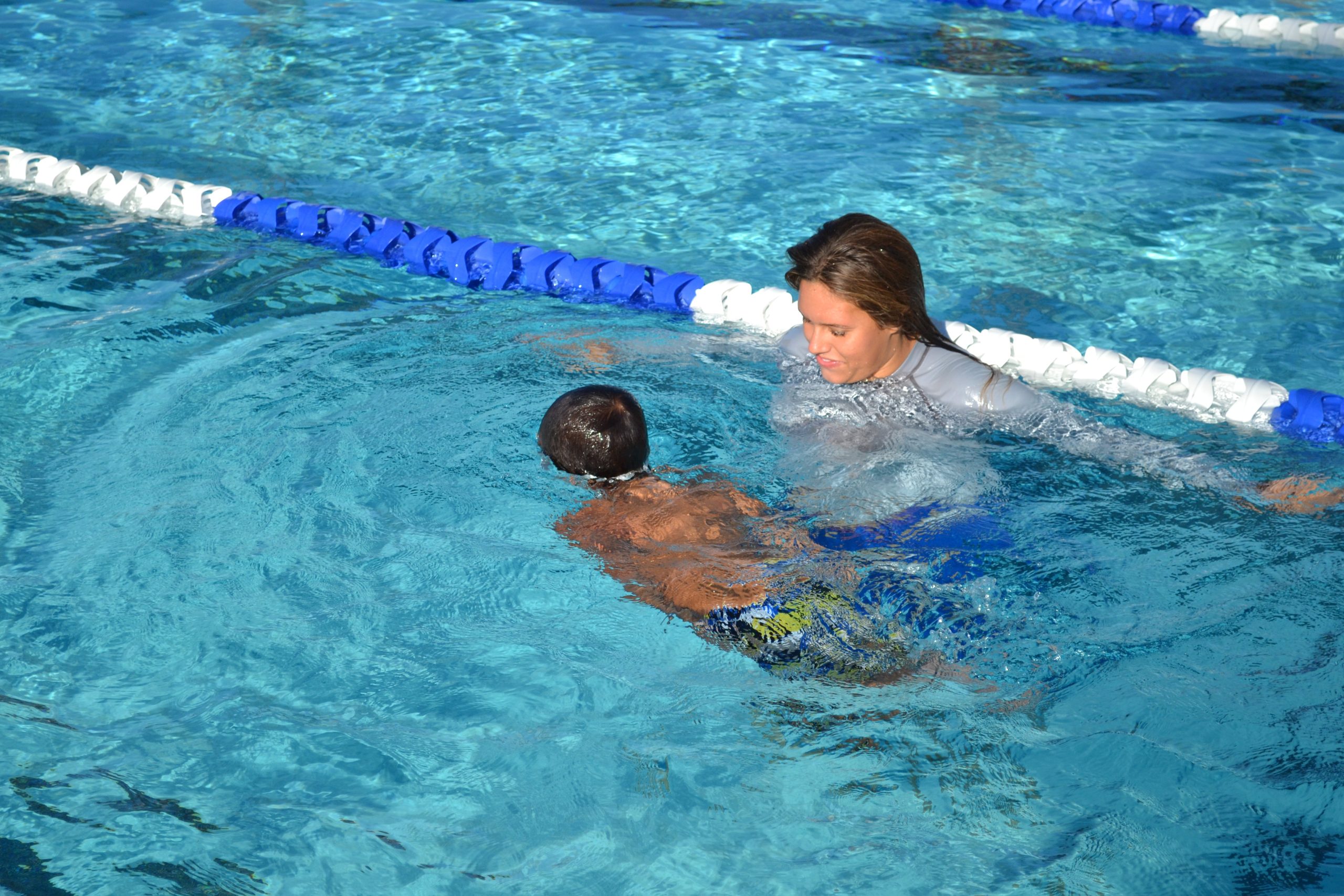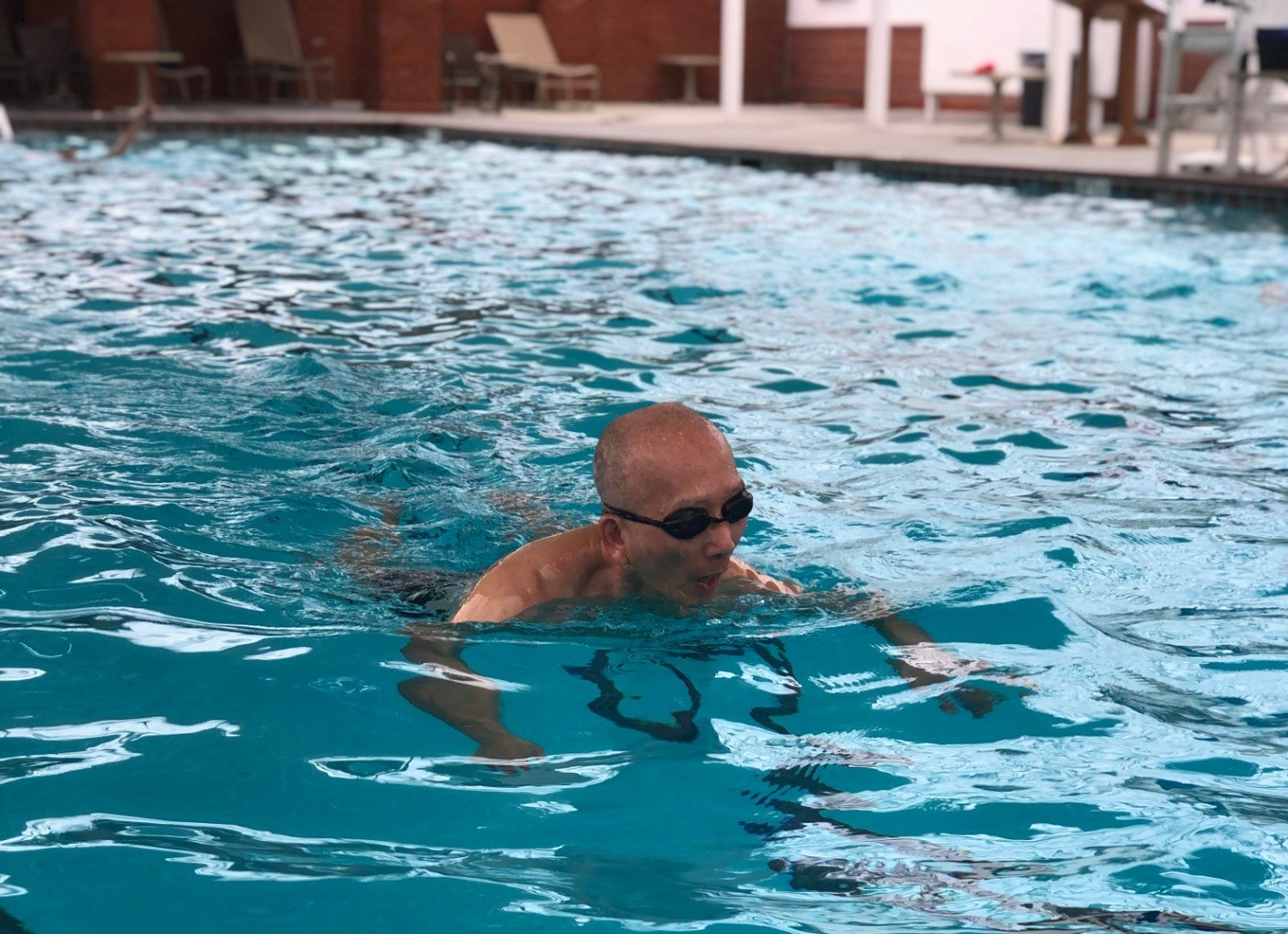All Posts
Nailing the Proper Swimming Technique
Dan | June 28 2019 | , Blog, Swim Safety, Swim Tips, Swimming lessons
Knowing how to move your way across the water is only the first step in becoming a successful swimmer.
The benefits of swimming on your physical and emotional health are huge, but to gain them requires learning the correct swimming techniques. Whether you are looking to improve your efficiency, or simply want to prevent injury, knowing the correct swim techniques can be extremely valuable. It really doesn’t matter if you are 7 or 70 (we offer adult swimming lessons!), knowing how to swim correctly can set you up to enjoy swimming for years to come. Here are a few tips to improve your swimming technique:
The first thing taught in most swim lessons is how to swim freestyle (also known as the front crawl). This is the easiest stroke to learn, and the stroke that is most common at competition level – it seems simple, yet there are many small tweaks to make in order to perfect the freestyle technique.
- Head placement. When starting off, it’s very common for swimmers to lift their head vertically out of the water to breathe. In truth, all this really does is add resistance and slow down momentum. Instead, try to turn your head sideways out of the water to breathe – ideally you should be in a position where one eye is in the water and the other is out of the water. This helps you to breathe fully while keeping a steady pace.
- Body rotation. The hips are a much bigger part of freestyle swimming than many may think. Without the rotation of your hips in line with your stroke, you are putting unnecessary strain on your body and hurting the efficiency of your swim. Your body should rotate as a whole with each stroke, to help with an easier glide through the water.
- Kicking correctly. It is easy to put your kicking technique on the back-burner to focus on arms, especially when you are first learning to swim. However, it is one of the most important parts of a freestyle swimming technique, and can make or break your stroke! If you are kicking too little or too much, you can actually stunt your progress, and burn yourself out more and more with each lap. Depending on the type of swimming you are looking to do, the kick you will use is different. If you want to learn more, take a look at the differences between a two-beat kick and a six-beat kick.

After mastering the freestyle technique, most people will learn about swimming breaststroke. This stroke is a step up in difficulty from the front crawl technique, and requires a little more focus to master. Once you’ve got the basic movement down, try out these tips to improve your breaststroke technique:
- Stay horizontal. When swimming breaststroke, you want your shoulders, hips and legs to be as in-line as possible. While maintaining this, there should still be a slight slope to your body so that the kick stays completely underwater. Mastering this will help improve your technique to prevent bodily strain and injury.
- Focus on your arm movement. In breaststroke, it is easy to get into the habit of ignoring exactly what your arms are doing. Take some time to make sure your hands are not scooping too wide, and are sweeping back to meet at your upper chest — this will increase support for your legs to push forward.
- Make sure your timing is correct. To really master the breaststroke, you need strong push from both your arms and your legs. In order to do this without a quick burnout, you should work to alternate your arms and legs – your arms recover as your legs push, and vice versa.

Once you feel comfortable in your technique with these strokes, try out some higher level strokes such as backstroke or butterfly. Always remember, learning to swim is not a race! It’s much more important to learn to swim correctly than to swim quickly and risk hurting yourself. If you want to work on your swim technique, sign up for a swim lesson! Once you become confident in your skills, you may want to consider joining one of our swim teams. If you have any more questions about proper swim techniques, or want to learn more about us, feel free to contact us or visit our website!
